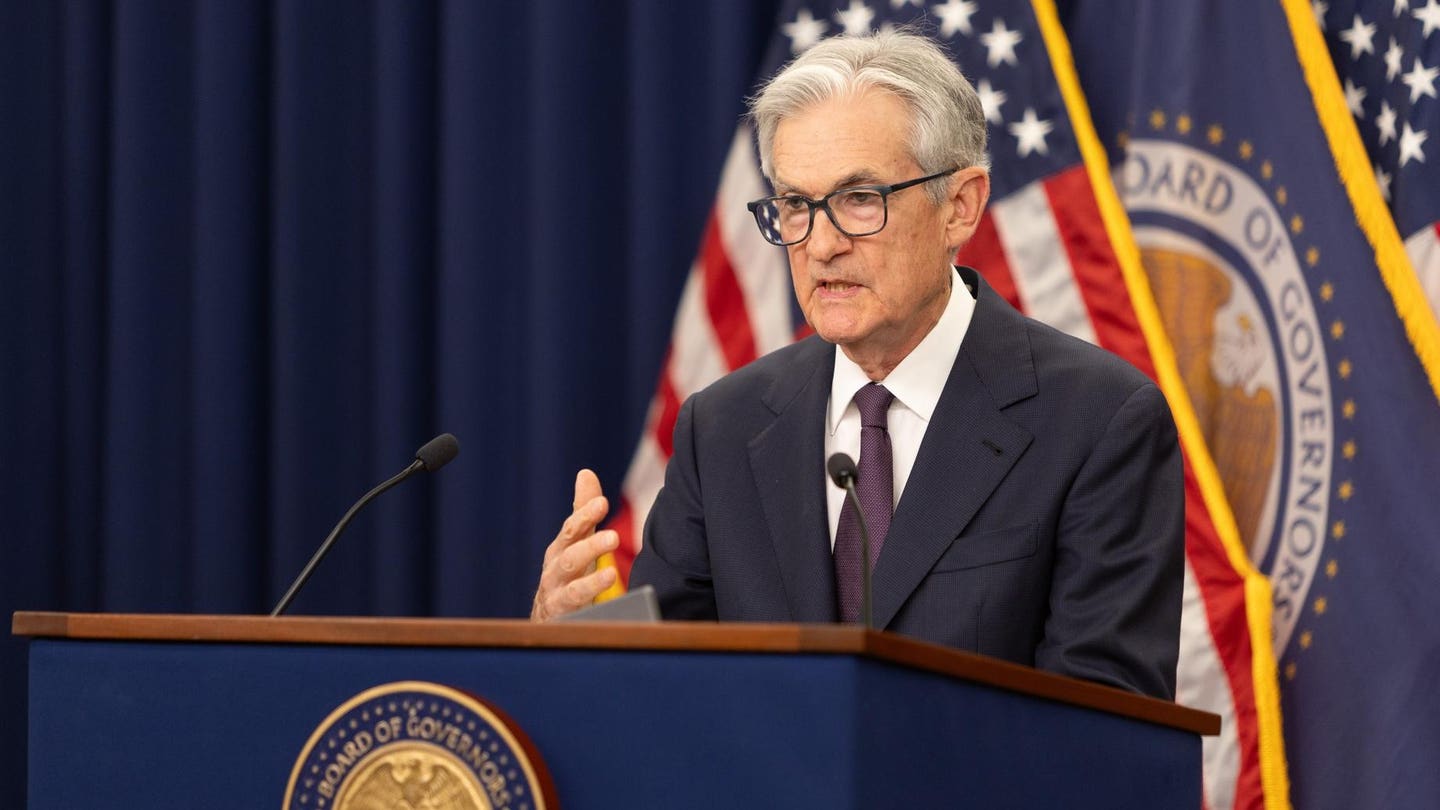In a surprising move that underscores the shifting tides in academic financial leadership, the University of Pennsylvania’s senior executive vice president, Craig Carnaroli, is set to depart for Stanford University. Carnaroli’s transition marks a significant shift for Penn, especially given his pivotal role over the last 25 years. His leadership saw the university through financial adversities such as the 2008 economic downturn and the recent pandemic.
Carnaroli’s departure comes at a crucial time for Penn, as it confronts potential financial hurdles. These include the looming threat of losing hundreds of millions in federal funding and grappling with the implications of a possible endowment tax increase. The announcement by Penn president J. Larry Jameson was made to the leadership team, highlighting Carnaroli’s impactful tenure.
A Legacy of Leadership
Carnaroli has been instrumental in navigating Penn’s financial landscape, contributing to a remarkable growth of the university’s endowment to $22.3 billion. He worked closely with former president Amy Gutmann on initiatives such as Penn’s all-grant, no-loan financial aid policy for undergraduates, significantly reducing students’ post-graduation debt burdens.
His leadership style has been characterized by a focus on efficiency and community building within the institution. Carnaroli expressed pride in the team he helped cultivate, emphasizing the importance of recruiting and developing leadership within the university.
Institutional Changes
Carnaroli’s departure is part of a broader trend of leadership transitions at Penn. In recent years, several high-level officials have left, including Maureen S. Rush, Greg Rost, John Zeller, and Stephen J. MacCarthy. These changes are seen as opportunities for fresh perspectives and innovation, particularly as the institution faces new challenges.
The move to Stanford presents Carnaroli with a new set of opportunities. Unlike some Ivy League schools on the East Coast, Stanford has not been subjected to the same level of federal scrutiny. This could provide Carnaroli with a relatively stable environment to continue his work in financial leadership.
Future Challenges and Opportunities
As Carnaroli prepares to transition, he remains committed to ensuring Penn’s continuity and success. He plans to assist in efforts to streamline administrative processes and optimize financial strategies to mitigate the impact of potential federal funding reductions.
Carnaroli’s legacy at Penn is not just in the numbers but in the community he helped build. His approach to leadership has been marked by collaboration and the strategic alignment of resources to enhance the university’s financial health.
Looking Forward
Jonathan Levin, Stanford’s president, is in the early stages of his tenure, potentially allowing for a fruitful collaboration with Carnaroli. This new chapter in Carnaroli’s career could lead to innovative financial strategies at Stanford, leveraging his extensive experience and insights.
Carnaroli’s departure, while significant, opens the door for new leadership at Penn. The university is positioned to embrace this transition, seeking new ideas and strategies to navigate the evolving financial landscape.
Note: This article is inspired by content from https://www.inquirer.com/education/craig-carnaroli-executive-vice-president-upenn-stanford-university-20250603.html. It has been rephrased for originality. Images are credited to the original source.







